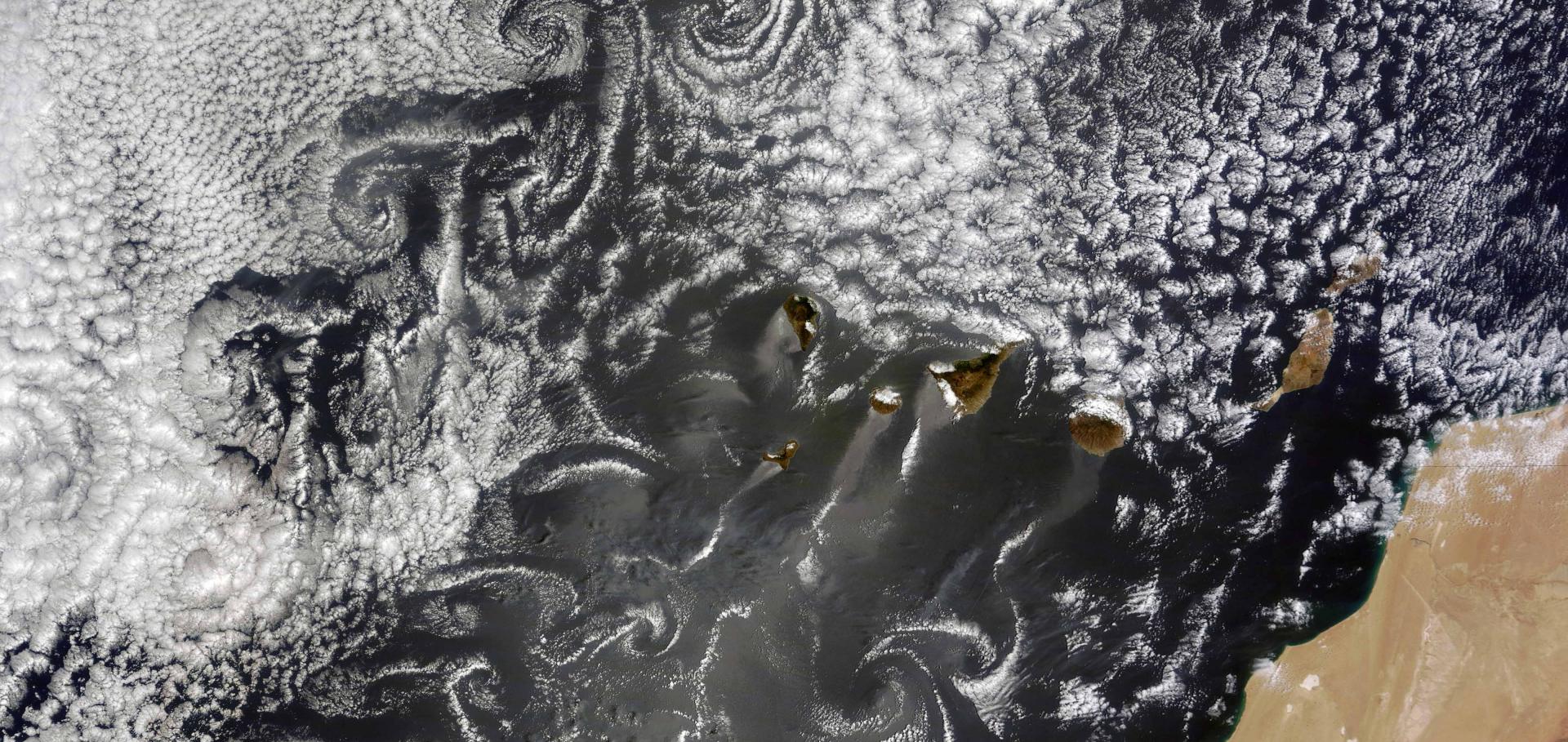Global response of parameterised convective cloud fields to anthropogenic aerosol forcing
Atmospheric Chemistry and Physics Copernicus GmbH 20:7 (2020) 4445-4460
Abstract:
<jats:p>Abstract. The interactions between aerosols and convective clouds represent some of the greatest uncertainties in the climate impact of aerosols in the atmosphere. A wide variety of mechanisms have been proposed by which aerosols may invigorate, suppress or change the properties of individual convective clouds, some of which can be reproduced in high-resolution limited-area models. However, there may also be mesoscale, regional or global adjustments which modulate or dampen such impacts which cannot be captured in the limited domain of such models. The Convective Cloud Field Model (CCFM) provides a mechanism to simulate a population of convective clouds, complete with microphysics and interactions between clouds, within each grid column at resolutions used for global climate modelling, so that a representation of the microphysical aerosol response within each parameterised cloud type is possible. Using CCFM within the global aerosol–climate model ECHAM–HAM, we demonstrate how the parameterised cloud field responds to the present-day anthropogenic aerosol perturbation in different regions. In particular, we show that in regions with strongly forced deep convection and/or significant aerosol effects via large-scale processes, the changes in the convective cloud field due to microphysical effects are rather small; however in a more weakly forced regime such as the Caribbean, where large-scale aerosol effects are small, a signature of convective invigoration does become apparent. </jats:p>Description and evaluation of aerosol in UKESM1 and HadGEM3-GC3.1 CMIP6 historical simulations
Copernicus Publications 2020 (2020) 1-59
Supplementary material to "Description and evaluation of aerosol in UKESM1 and HadGEM3-GC3.1 CMIP6 historical simulations"
(2020)
A semi-Lagrangian perspective of the lifecycle and interactions of deep convective clouds in geostationary satellite observations
Copernicus Publications (2020)
Aerosol effects on shallow cumulus cloud fields in idealised and realistic simulations
Copernicus Publications (2020)


